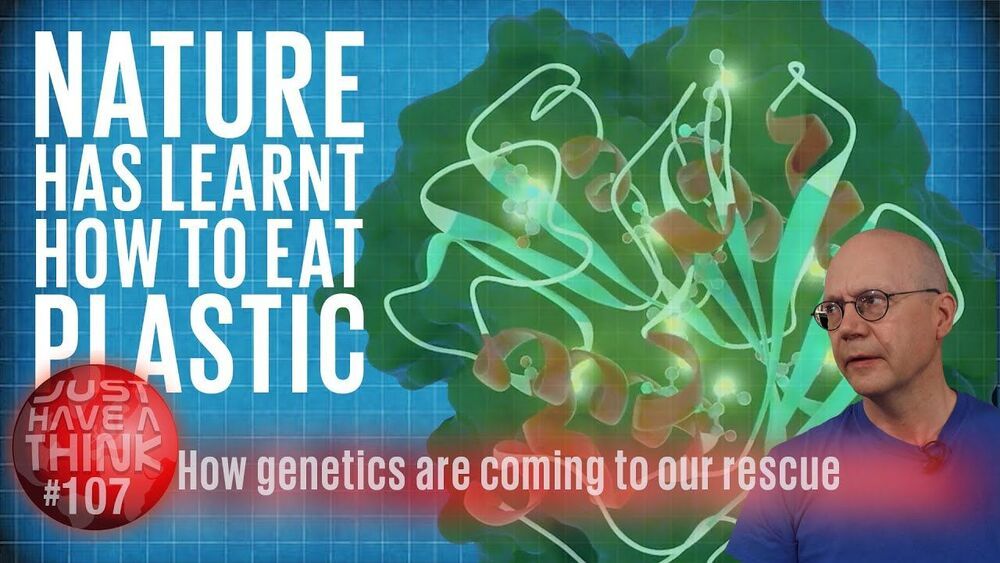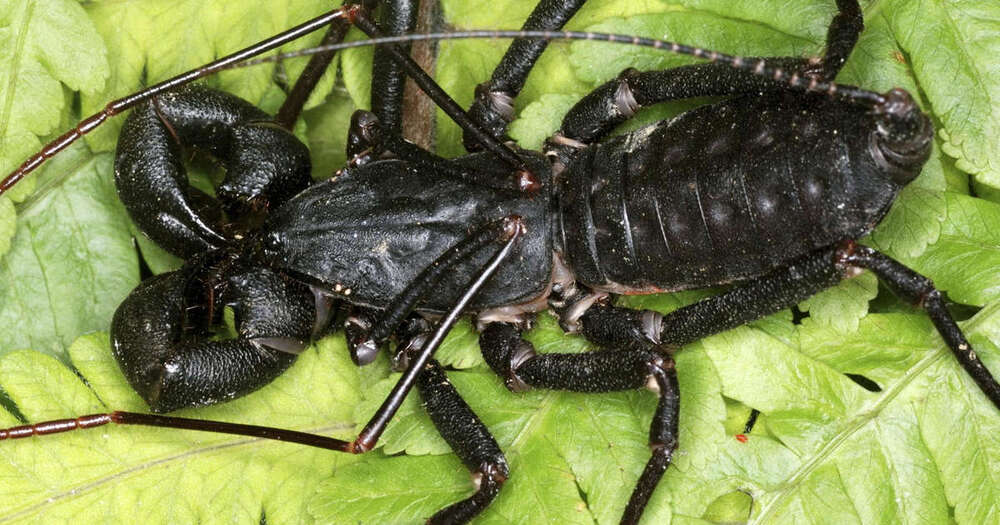Neuroscientists removed fear from rats by inactivating amygdala — brain region mediating fear.
#Neuroscience #Brain #YuriNeuro #Neurobiology #Amygdala.
Timecodes:
0:00-Introduction.
0:17-Amygdala role in fear regulation.
0:45-Difficulties in exploring prey-predator interaction.
1:02-Lego robot to simulate a predator. Robogator (LEGO Mindstorms robot)
1:53-Fear response before the amygdala inactivation.
2:33-Fear response aftert the amygdala inactivation.
3:59-Amygdala is one of the key regions of the fear regulation.
4:50 — Human-based experiments on the electrical stimulation of amygdala.
6:01-Future prospects. Optogenetics.
6:34-Share your ideas and emotions in the comments.
In this video I review a scientific neuroscience publication :“Amygdala regulates risk of predation in rats foraging in a dynamic fear environment” from University of Washington and Korea University, Seoul. The scientific paper addresses the mechanism of fear regulation in rats. Neuroscientists inactivated neurons of the brain region regulating fear — amygdala. In order to inactivate amygdala neurons neurobiologists applied GABAA receptor agonist muscimol. In this way neuroscientists made the rat fearless. Neurobiologists simulated fear enviroment by using lego robot — Robogator (LEGO Mindstorms robot) programmed to surge toward the animal as it emerges from the nesting area in search of food.
Neuroscientists also increased the activity of amygdala neurons by applying GABAA receptor antagonist bicuculline methiodide. In this way neuroscience researchers increased the fear response of the laboratory rodent.
Similar role of amygdala in fear regulation was demonstrated for humans. For instance, in 2007 neuro researchers from Universite de Provence from France in their paper :” Emotion induction after direct intracerebral stimulations of human amygdala ” electrically stimulated amygdala and could induce negative emotions that were either verbally self-reported by a participant or measured by physiological markers such as skin conductance.









